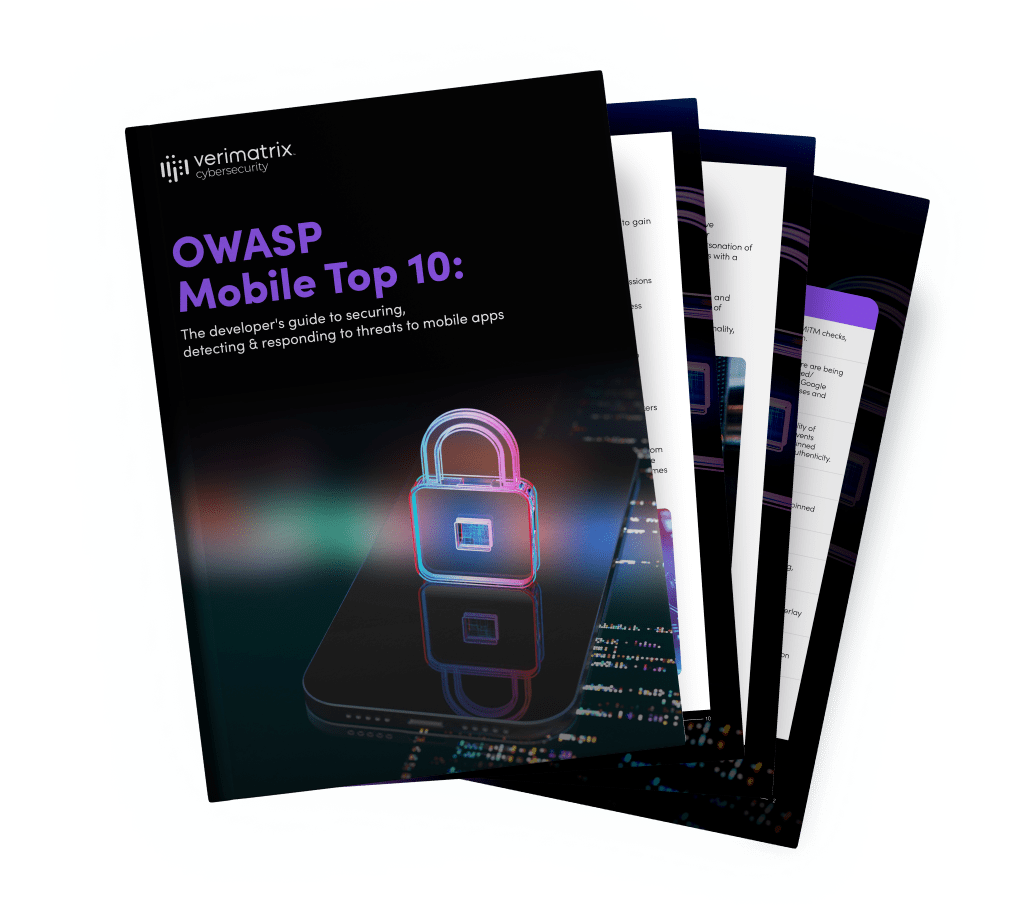OWASP Mobile Top 10
The developer’s guide to securing, detecting & responding to threats to mobile apps
In this guide, you will learn:
- The latest OWASP Mobile Top 10 mobile vulnerabilities, refreshed in 2023
- OWASP Mobile Top 10’s impact on mobile app development and security
- Actionable strategies to strengthen your app’s defenses

OWASP Mobile Top 10 Vulnerabilities
Improper Credential Usage
Threat actors gain unauthorized access through improperly managed credentials, thus circumventing legitimate authentication measures.
Insecure Authentication / Insecure Authorization
Threat actors either fake or bypass authentication and directly submit service requests to a mobile app's backend server.
Insecure Communication
Threat actors intercept mobile app data transmitted through carrier networks and the internet, making them susceptible to modification.
Insecure Data Storage
Insecure data storage in mobile apps opens vulnerabilities to unauthorized physical or remote access, weak encryption exploitation, data interception, and malware attacks
Download the white paper to learn more about these and 6 more vulnerabilities.
How XTD improves app security
Method 1
Employ code obfuscation techniques to thwart reverse engineering attempts, ensuring secret keys and authentication algorithms remain protected against tampering.
Method 2
Defend against man-in-the-middle (MitM) attacks and credential theft through overlays.
Method 3
Restrict app execution on jailbroken iPhones or rooted Android devices
Learn more about these and other security measures. Download the white paper.
